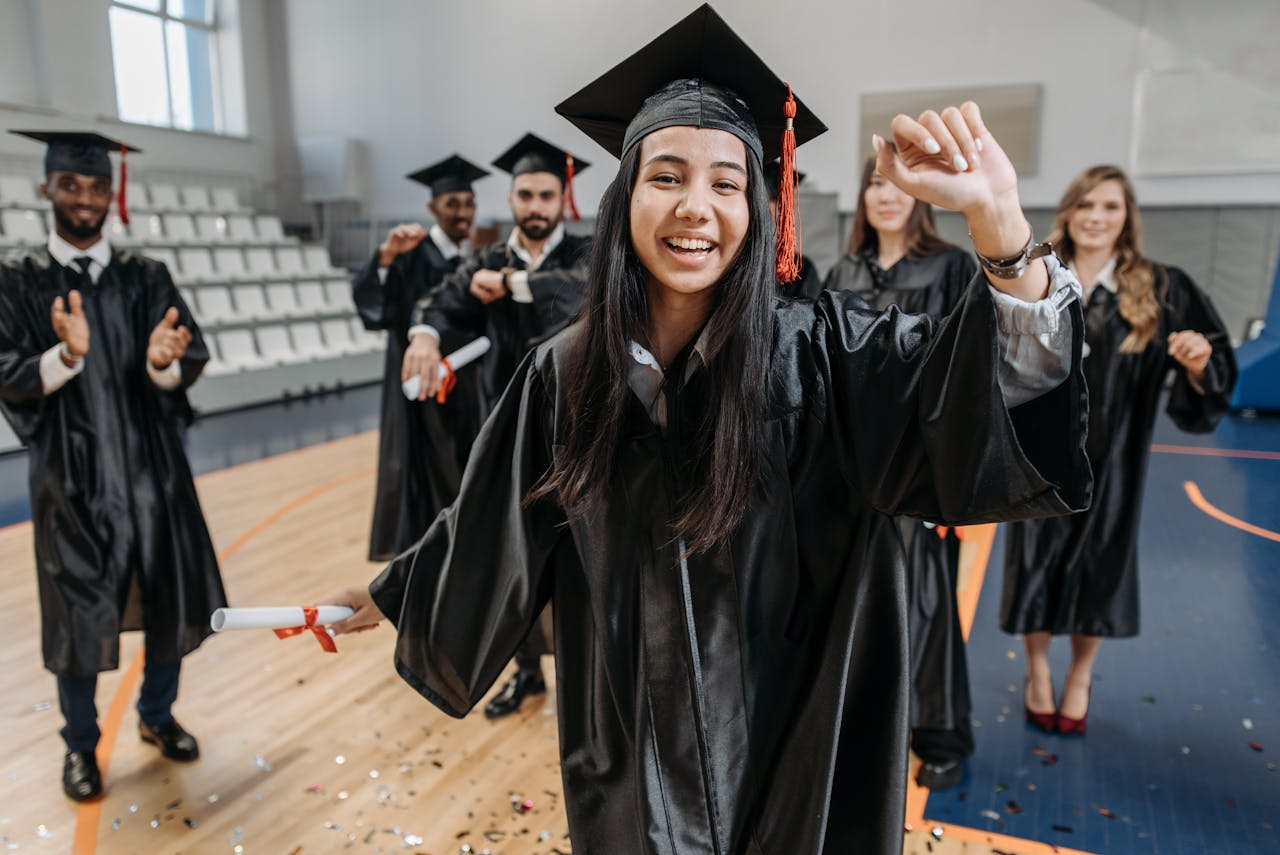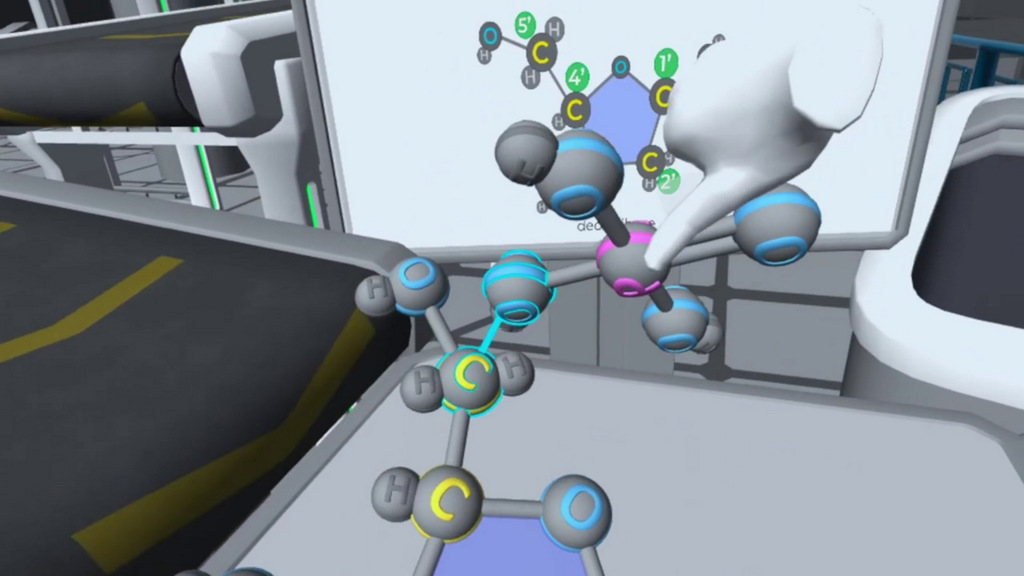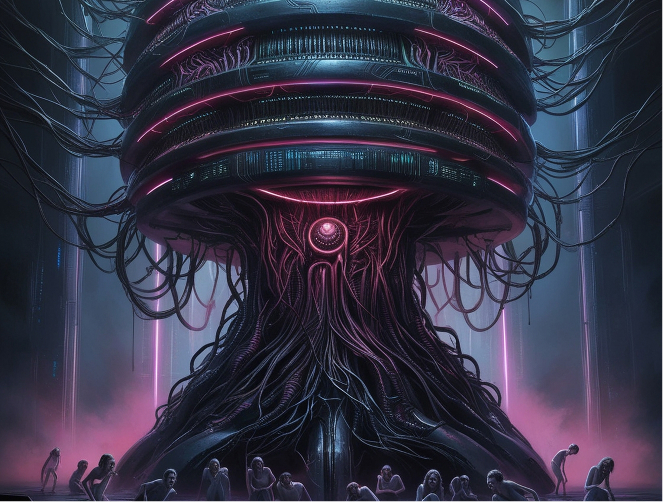Society’s Talent Crisis: Why Standardized Systems Are Failing Us
Every year, millions of talented individuals slip through the cracks of rigid education and workplace systems. Standardized tests, outdated learning methods, and one-size-fits-all career paths prevent people from reaching their full potential. But what if we’re measuring success all wrong?
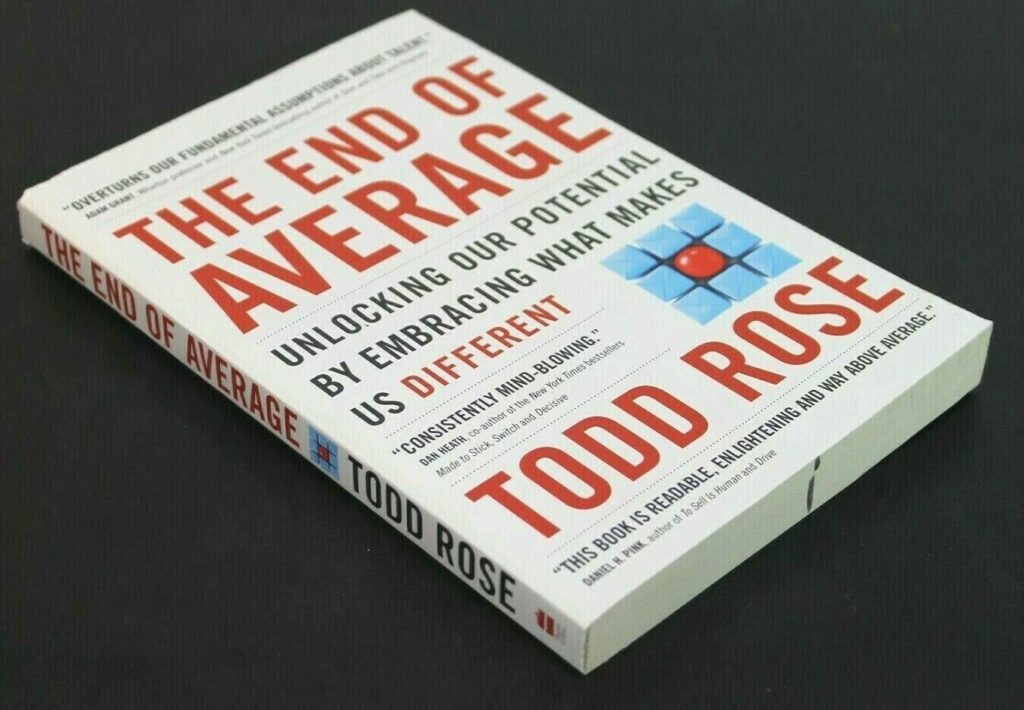
In The End of Average, Todd Rose challenges the traditional notion of “average” and presents a revolutionary way of thinking about human potential. He argues that individuality—not conformity—drives success. The key to unlocking talent lies in personalized learning, technology-driven education, and embracing unique pathways.
The Myth of the Average Person: Why It’s Holding Us Back
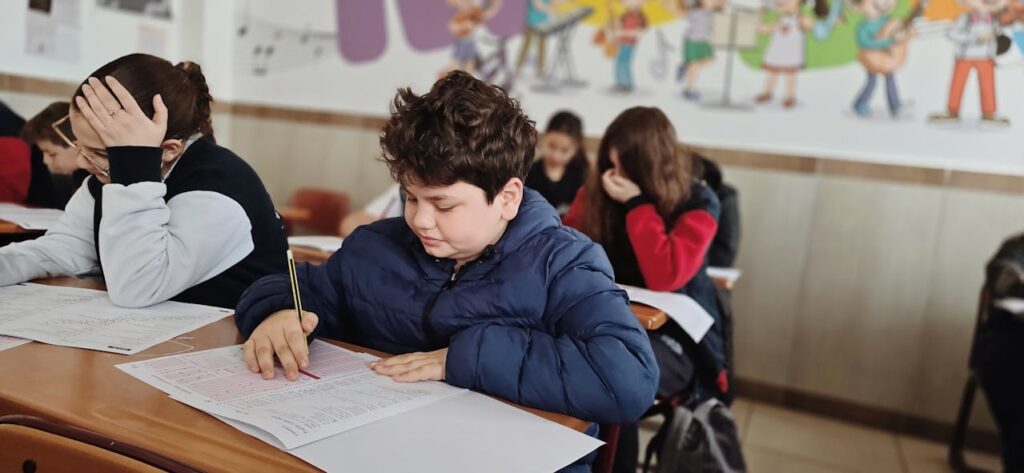
For decades, education and job systems have been built around the idea of an “average” person. Schools grade students based on standardized tests, workplaces assess employees using generic performance metrics, and career paths follow a predictable pattern.
However, science and real-world success stories show that there is no such thing as an average person. Every individual has a unique set of strengths, learning styles, and environmental needs. By forcing everyone into the same mold, we’re losing countless innovators, problem-solvers, and creative minds.
Todd Rose presents three key principles to rethink human potential:
1. The Jaggedness Principle: Talent is Always Uneven
- People do not have uniform abilities. Someone may be excellent at math but struggle with reading. Another may have outstanding creativity but perform poorly in standardized tests.
- The current education system doesn’t account for this variability, often labeling students as “gifted” or “struggling” based on a single measurement.
- Personalized learning through VR and AI can help address this issue by adapting to individual strengths and weaknesses.
How VR Education Can Help:
- STEM labs in VR allow students to explore subjects like VR physics, VR chemistry, and VR biology at their own pace.
- VR classrooms provide an interactive learning experience, enabling students to visualize complex concepts rather than memorizing information.
- Adaptive learning platforms powered by AI track student progress and adjust lessons accordingly.
2. The Context Principle: Performance Depends on the Environment
- Human behavior is not fixed—it changes depending on context. A student may struggle in a traditional classroom but thrive in a VR classroom or project-based learning environment.
- Many so-called “underperforming” students may simply need a different environment that aligns with their learning style.
Case Study: VR in the Classroom
- Traditional learning environments rely on passive lectures, which can be ineffective for many students.
- Virtual reality education transforms learning into an interactive classroom experience, engaging students through real-world simulations and hands-on practice.
- Students who struggle with traditional textbook learning can benefit from visual, kinesthetic, and immersive experiences in a VR classroom.
3. The Pathways Principle: There Is No Single Route to Success
- Society promotes a linear path: school → college → job. But real-world success stories show that unconventional paths often lead to the best outcomes.
- Many of today’s most successful individuals, from tech entrepreneurs to creative professionals, did not follow a standardized route.
- Flexible learning environments—including VR learning, digital classrooms, and AI-powered tutoring—allow students to explore different career paths based on their interests and abilities.
How Technology is Changing Education:
- Personalized learning trajectories: Instead of forcing students into a fixed curriculum, VR for education enables customized learning paths.
- VR storytelling: Helps students engage with complex subjects through immersive narratives, making learning more memorable.
- AI-driven education: AI can analyze student data to develop personalized learning strategies, freeing teachers from repetitive tasks.
How Can We Stop Losing Talented Individuals?

To prevent wasted talent, we need to rethink education and career development. Technology, AI, and VR education provide powerful solutions that make learning more personalized, flexible, and engaging.
1. The Power of Personalized Learning
- Adaptive VR learning platforms allow students to learn at their own pace, focusing on areas where they need improvement.
- AI-driven analysis provides real-time feedback, adjusting lessons to match a student’s strengths and weaknesses.
- Interactive STEM labs in VR make subjects like VR chemistry, VR biology, and VR physics more accessible and engaging.
2. AI in Education: The Future of Personalized Learning
- AI can analyze student performance and suggest personalized study plans.
- AI-powered platforms like XReadyLab help teachers implement AI tools in the classroom, automating tasks like grading and lesson planning. Read more here.
- AI frees teachers from repetitive tasks, allowing them to focus on mentoring students.
3. Overcoming Resistance to Change
- Many educators and parents fear the rapid development of AI and virtual reality in education.
- While concerns about AI are valid, embracing new technologies is essential to keeping education relevant in a fast-changing world. Learn more about AI myths in education here.
The Future of Education: Unlocking Human Potential
The world is changing. Rigid, outdated education models no longer serve today’s students. By embracing VR education, AI-driven learning, and adaptive classrooms, we can stop losing talented individuals to an unfair system.
Every student has unique talents and potential. It’s time to move away from standardized education and create an interactive, personalized, and immersive learning experience where everyone has the chance to succeed.
The question isn’t how many talents we’re losing—it’s how much longer we can afford to let it happen.
